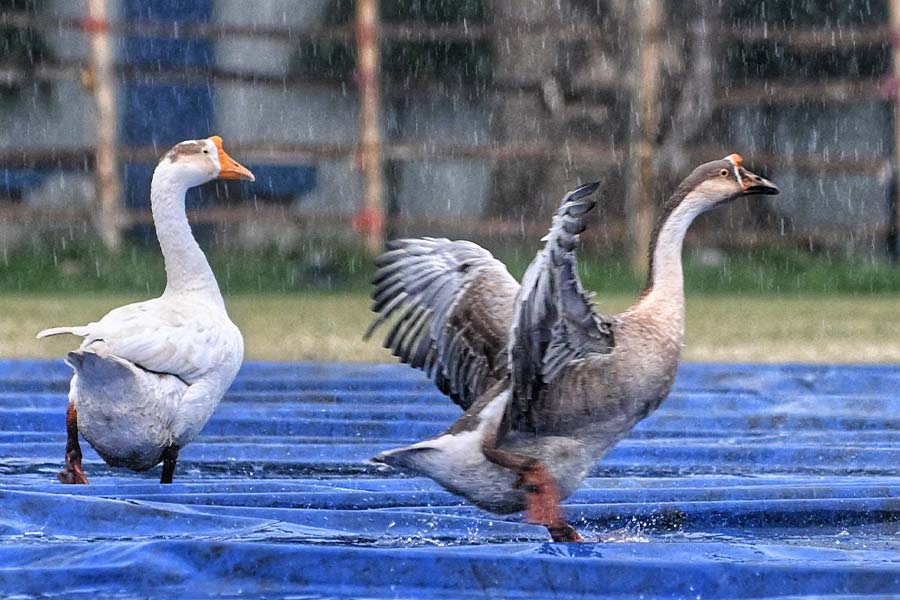There is a drop in Hooghly’s water level and the absence of rain is not the only reason behind it, river scientists have said.
An increasing volume of water from the river is being used for irrigation and industrial activities and by the time the river reaches its lower riparian region like south Bengal, the volume of water plunges significantly, river scientists said.
To further the problem, several rivers like the Damodar and the Jalangi that used to contribute to the Bhagirathi-Hooghly system have either dried up or have shrunk considerably. The Hooghly is also missing out on the water it used to get from these rivers.
Mayor Firhad Hakim said on Monday that the water level in the Hooghly had dropped and urged people to use water wisely. Senior engineers of the Kolkata Municipal Corporation (KMC) said the civic body was finding it difficult to lift water from the river for its treatment plants during low tide.
“This fall in water volume in the Hooghly was evident for the past few years. It happens almost every year from mid-April to May,” said Kalyan Rudra, a river scientist and the chairperson of West Bengal Pollution Control Board. “A huge volume of water from the states in the upper catchment area of river Ganga is being diverted to irrigation. This is happening in states like Uttar Pradesh, Uttarakhand and Bihar. Naturally, the volume of water in the river declines by the time it reaches its lower catchment area,” Rudra added.
Supratim Karmakar, also a river scientist, echoed Rudra. The huge volume being taken for industrial activities and irrigation purposes in the upper riparian states is having an impact on the volume of water in the river in the lower riparian states, he said.
Rapid and unplanned urbanisation is also hurting. Karmakar said wastage of water and ever-increasing demand for water in growing cites have landed a double blow.
The production of potable water by the Kolkata Municipal Corporation has increased from 285 million gallons a day to 510 million gallons a day in the past decade. The production by other municipalities surrounding Kolkata has also increased with a rise in demand. The water is lifted from the Hooghly and sent to water treatment plants. The treated (potable) water from the plants is then supplied across cities.
While the demand has kept increasing, the volume of water in the Hooghly has declined.
Karmakar cited another factor for the decline. There are rivers that earlier contributed to the Bhagirathi-Hooghly system but all of which are now in their decline. “Rivers like the Jalangi, Churni, Ajoy, Mathabhanga and the Damodar used to contribute to the water volume of Bhagirathi-Hooghly. But these rivers are now nearly dead or have shrunk considerably,” he said.
River Ganga takes the name Bhagirathi after entering Bengal in Malda. It assumes the name Hooghly downstream from the point where river Jalangi meets Bhagirathi near Nabadwip in Nadia.
The problem will reduce when the rain starts but the absence of rain alone is
not to be blamed for this situation.
Kolkata is in the grip of extreme heat. There has been no rain for more than 20 days.






